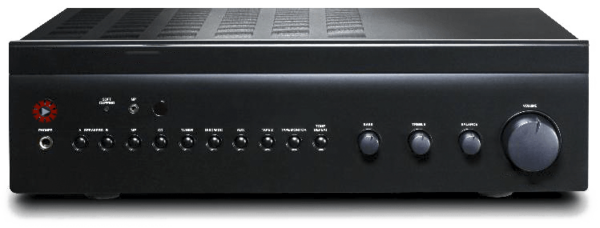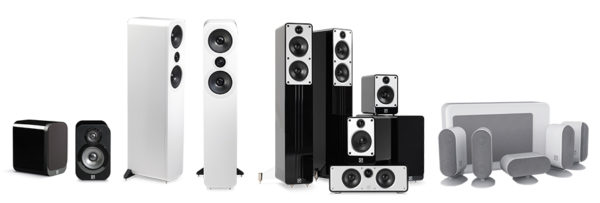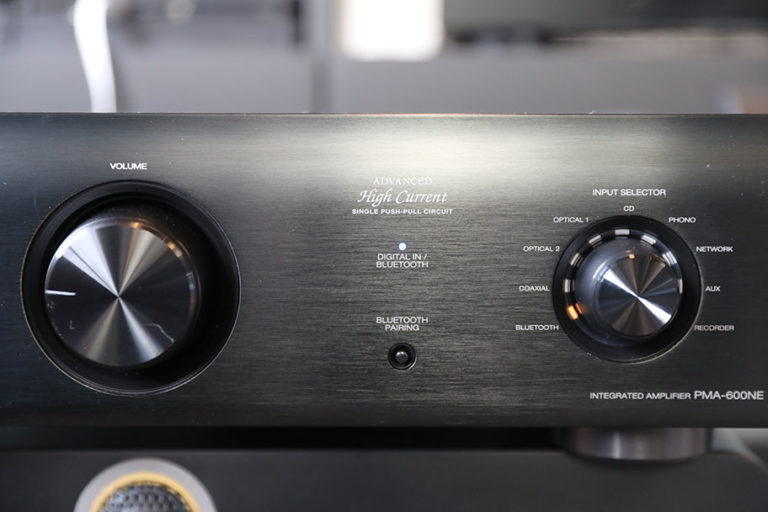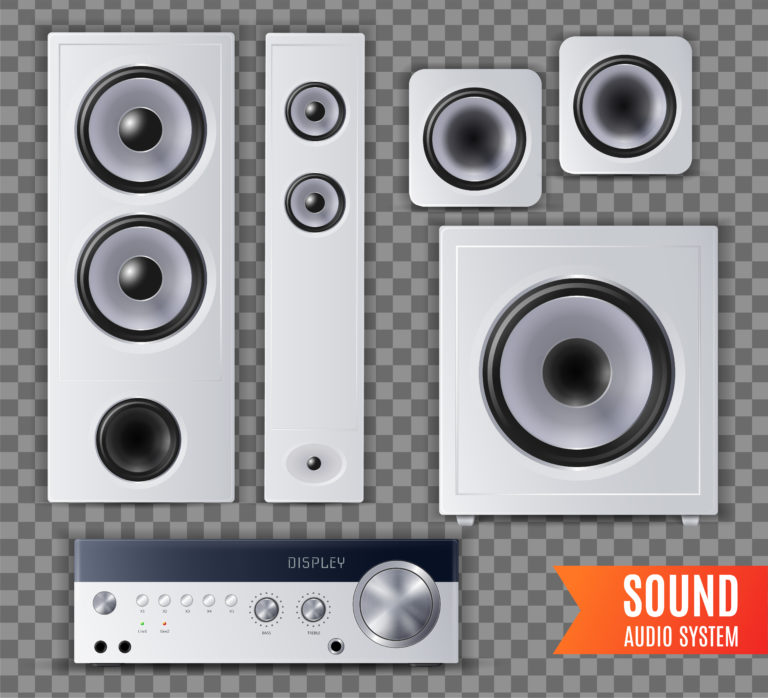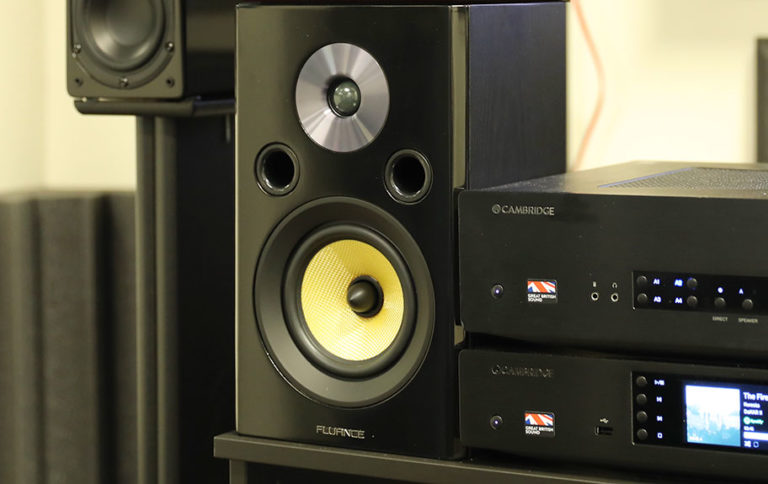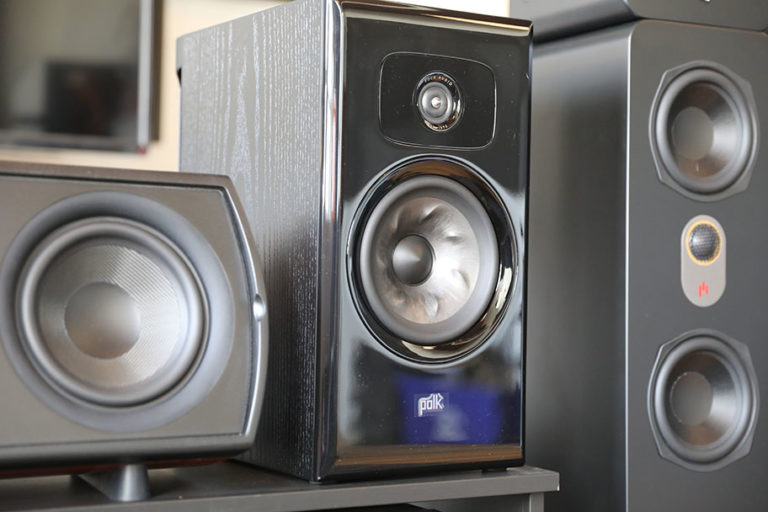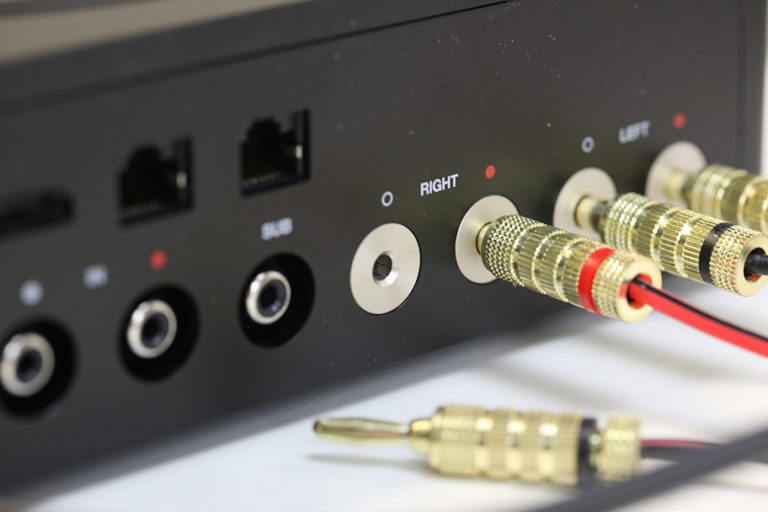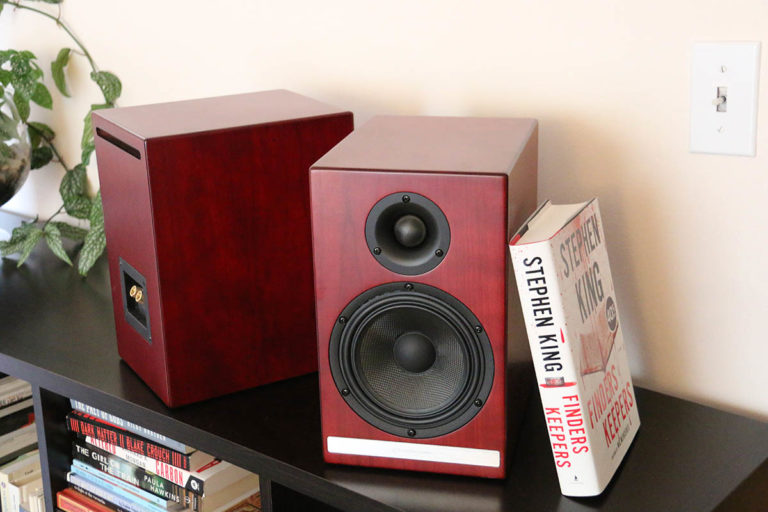

speakers AND amplifiers
The Vmaudiovisual is a growing digital marketing agency serving eCommerce and hyper-growth ready businesses.

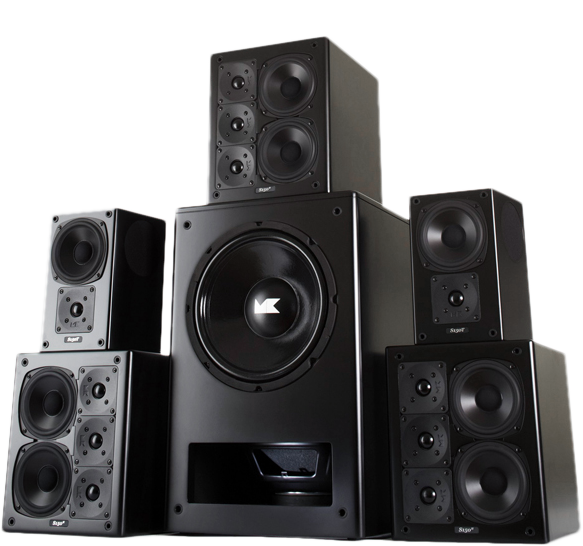
How to match speaker and Amplifier
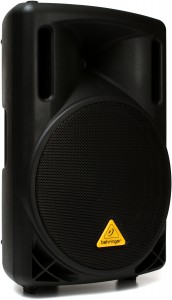
Speakers and amps should go together like peanut butter and jelly. When you’re matching a good speaker with a good amp, it’s all about synergy. Not that it’s always simple to achieve – this is a little more complicated than making a sandwich! If putting them together is giving you a headache, we can help. This is our full guide to matching speakers and amps, and it’s got everything you need to know. Speakers make sound, amps make speakers sound. A loudspeaker is mechanical; it has electrical properties that animate its mechanics. A power amplifier is electrical; we cannot hear or see what goes in or out. An amplifier takes an input signal from a source, such as a laptop, turntable, or CD player, and creates a larger copy of the original signal before it’s sent to the speakers. That means a large signal will cause the transistor to allow more current to flow, which in turn creates a greater amplification

